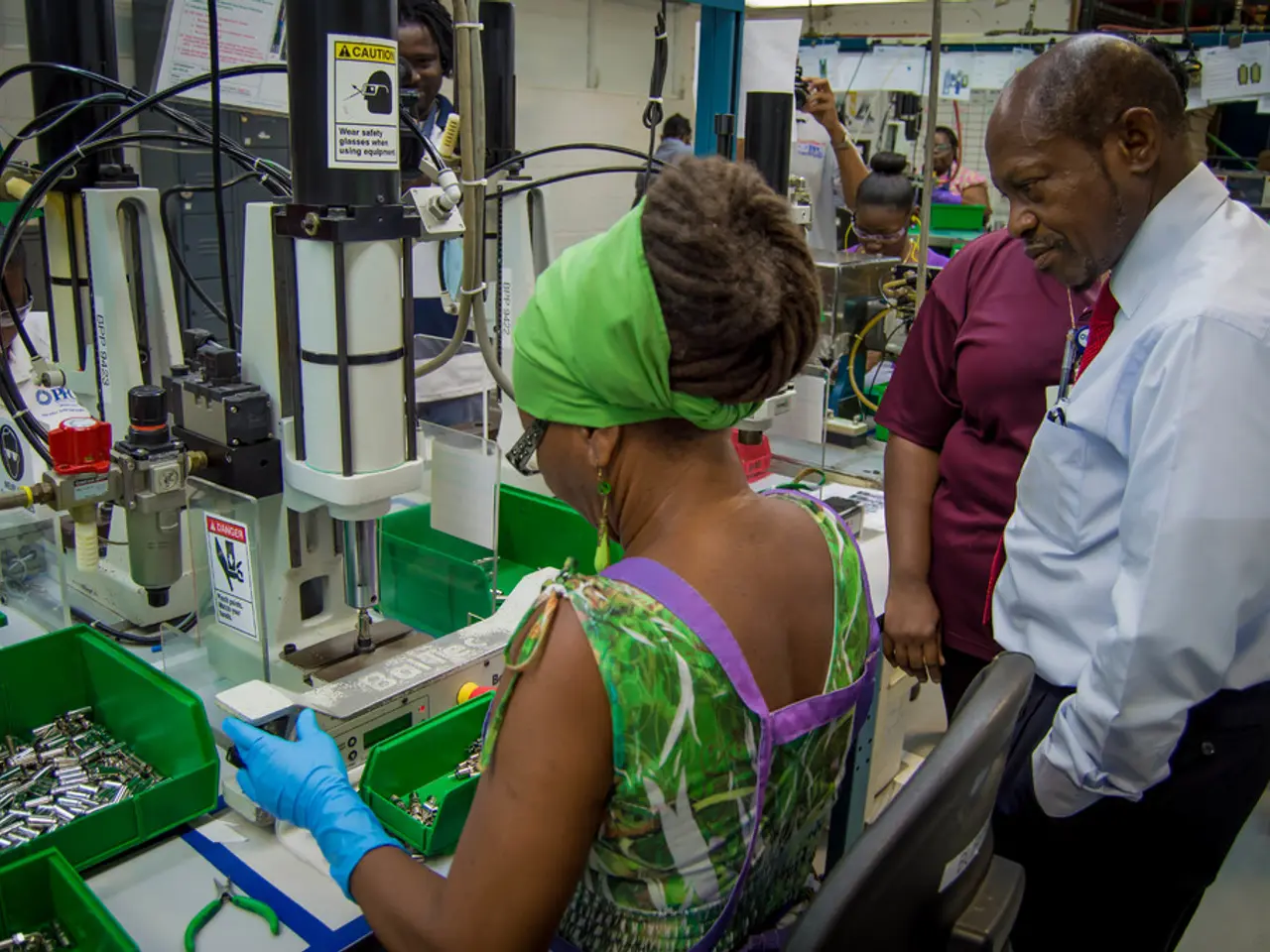Model for Detecting Human Trust in Machines via Electroencephalography and Galvanic Skin Response
Researchers have developed a novel approach for creating classifier-based empirical trust sensor models that can estimate human trust levels in real-time for intelligent machines. This groundbreaking work focuses on building machines capable of building and maintaining trust with humans.
The research involves the design of a sensor that uses electroencephalography (EEG) and galvanic skin response (GSR) measurements. By integrating these physiological signals through specialized machine learning pipelines, the models can effectively extract relevant features and classify trust levels.
Key Steps and Principles
- Data Acquisition and Preprocessing: Continuous EEG and GSR signals are collected during interactions with intelligent machines. The EEG signals are preprocessed to remove noise and artifacts, while GSR data is processed for features like tonic level and phasic responses.
- Feature Extraction and Representation: Convolutional neural networks (CNNs) or other deep learning architectures, such as EEGNet, are used to automatically extract spatial, temporal, and spectral features from EEG signals. GSR features are combined with EEG data as multi-modal inputs into classifiers.
- Classifier Training: Classifiers are trained on combined EEG and GSR features to distinguish trust states. Hybrid models often outperform single-modality classifiers.
- Real-time Implementation: Efficient feature extraction and prediction pipelines are implemented to allow low-latency inference suitable for adaptive intelligent systems. Online calibration or incremental learning approaches may be used to personalize trust estimation to individuals.
Practical Applications
Studies have applied CNNs to EEG signals for affective classification, achieving moderate performance (F1 scores ~0.6). Hybrid approaches combining EEG and other biosignals have shown improved accuracy and robustness, supporting the feasibility for trust estimation.
Limitations
Existing models often achieve moderate classification scores, indicating room for improvement. Variability in physiological signals across individuals requires adaptive or personalized modeling. Real-world deployment demands robust artifact handling and fast computation.
While this work represents a significant step forward in trust management for intelligent machines, it is important to note that the research does not discuss any new applications beyond trust management, potential limitations, drawbacks, plans for further research, long-term reliability or stability, comparison of customized feature set approach with the classifier-based general trust sensor model, or ethical concerns related to the use of psychophysiological measurements for trust sensing.
This research marks the first use of real-time psychophysiological measurements for the development of a human trust sensor. The second approach uses a customized feature set for each individual, improving mean accuracy but increasing training time. Despite these limitations, the potential applications of this technology in creating more trustworthy and responsive intelligent machines are promising.
[1] [Reference for EEG and biosignal classification methods] [2] [Reference for CNNs and affective classification] [3] [Reference for hybrid approaches combining EEG and other biosignals]
- To enhance the performance of the trust sensor models, scientists could explore integrating science-backed advancements in technology such as refined deep learning architectures and more efficient feature extraction methods for better EEG and GSR signal analysis.
- With the increasing focus on combining science and technology for human-machine trust management, further research could delve into exploring potential applications beyond trust estimation, addressing limitations, ethical concerns, long-term reliability, and stability of psychophysiological measurements for trust sensing.




